Fifty years ago, the Beatles were singing “All You Need is Love.” Hot pants and go-go boots met the dress code for London’s fashionable Carnaby Street, Lyndon Johnson was in the White House, and the top grossing film for 1967 was “The Graduate”, starring Dustin Hoffman, Katherine Ross, and a little red sports car from Italian maker Alfa Romeo.
The Alfa, driven by Hoffman, was a two-seater open roadster known as the Duetto Spider 1600, and unlike some of the other cars from that era, it looks as good today as it did on a Hollywood movie set 50 years ago.
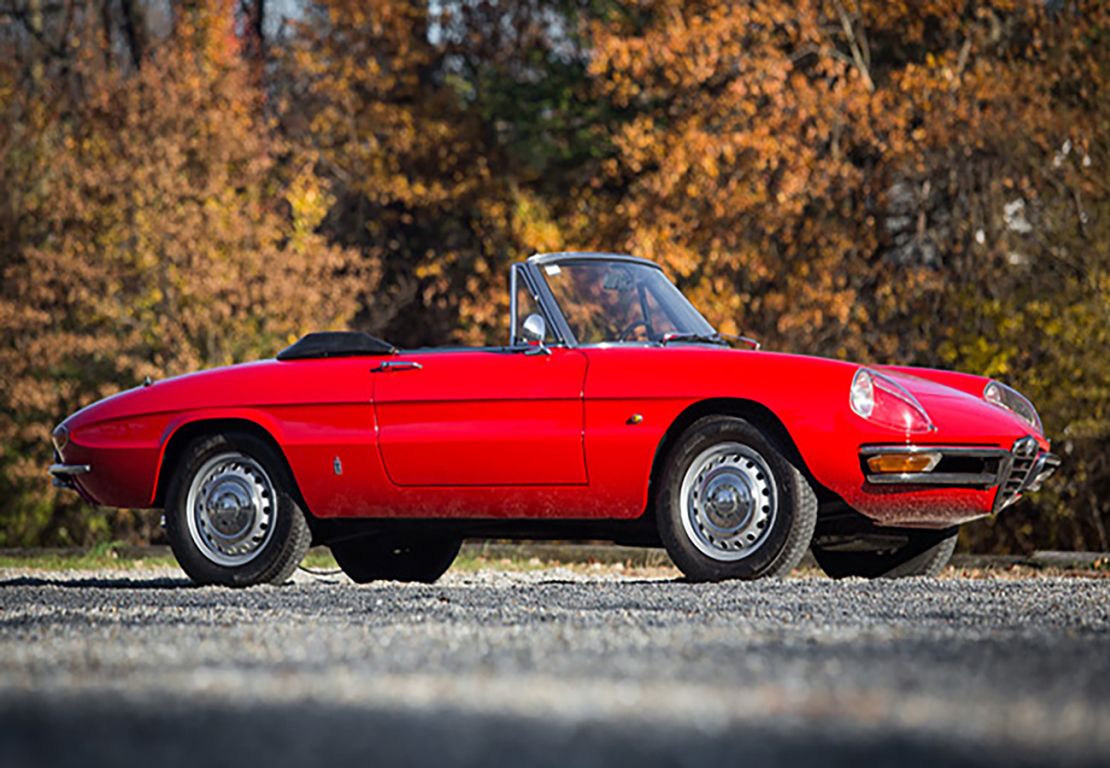
The Alfa, designed by Pininfarina, is just one of a dozen head-turning sports cars from 1967 that – 50 years on – have stood the test of time. From Ferrari to Ford, from Jaguar, Porsche and Aston Martin, to Toyota, Chevrolet, Lamborghini, Maserati, BMW and Lotus, collectively, they form the starring, sporty, cast of 1967.
Hoffman’s Alfa wasn’t the only sports car to hit the big screen in 1967. This next one came from an entirely unexpected quarter – Japan. Sean Connery, as the suave but deadly British secret agent James Bond, usually drove an Aston Martin, but in “You Only Live Twice,” 007 found himself at the wheel of the Toyota 2000 GT. It was Japan’s answer to the E-Type Jaguar and the Porsche 911, and became an instant hit with its curvy looks and scintillating performance.
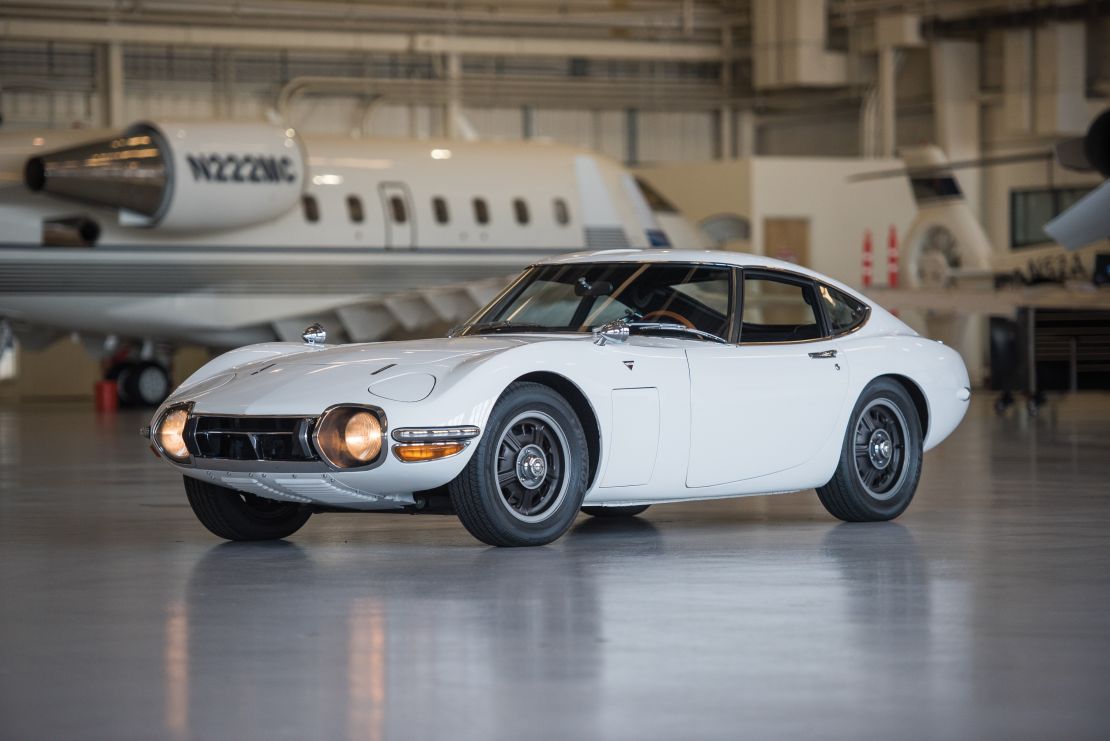
The Toyota convertible in the Bond film is a one-off. The 2000 GT was produced for sale as a coupe, but Connery’s tall frame looked too big for the car, so the top came off just for him. All told, a mere 351 examples of the Toyota 2000 GT were made, giving it a scarcity factor that puts the price of the best examples above $1 million.
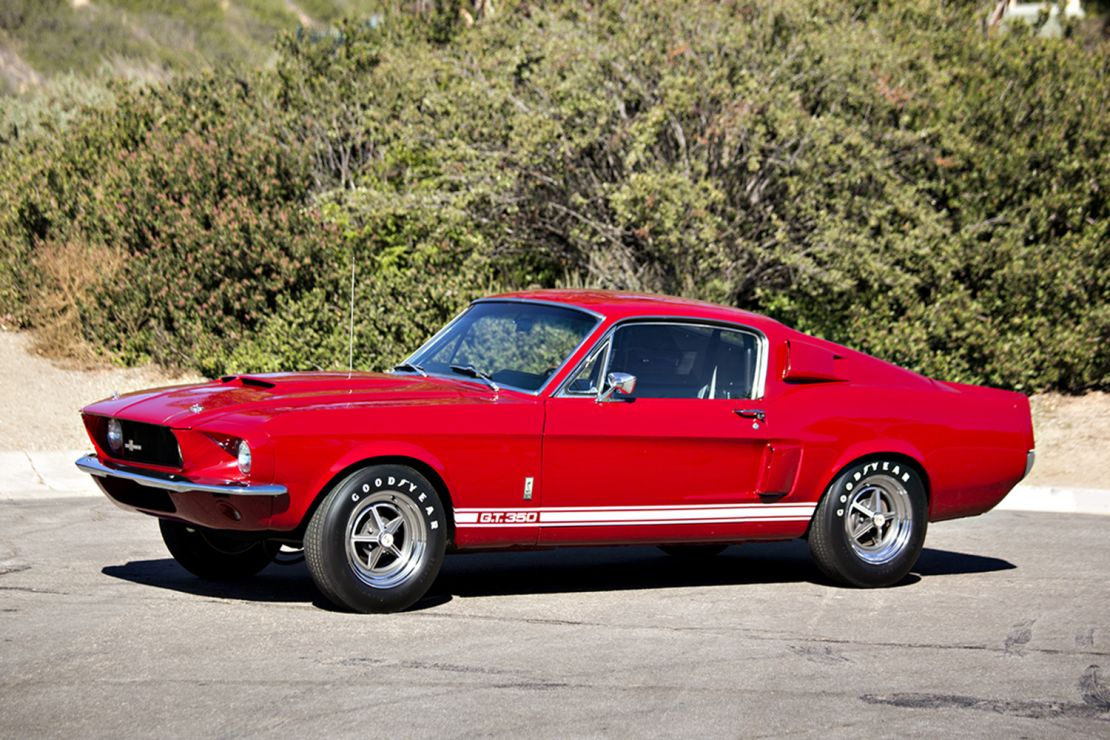
In North America, Steve McQueen’s epic Ford Mustang GT Fastback drive through the streets of San Francisco in the 1968 movie “Bullitt” was still a year away, but the Mustang was already an international star, courtesy of its appearance in an earlier Bond movie, the 1964 “Goldfinger.” That film featured two Mustangs – a white convertible and a gold (naturally) Fastback for arch-villain Auric Goldfinger.
By 1967, US racing driver and auto engineer Carroll Shelby, already known for his exploits with the AC Cobra, had tweaked Ford’s Mustang to deliver sensational performance with his Shelby GT350 and GT500 models.
Ford’s great American rival was the Chevrolet Corvette. First seen in 1953, Chev revamped the Corvette’s rounded look into the sharp, radical styling of the Sting Ray C2 in the early 1960s. It looked powerful and aggressive just standing still, and by 1967 its high-output V8 engine made it the ultimate value-for-money American performance package.
If a Mustang or Corvette didn’t appeal, the car on every second schoolboy’s wall in 1967 was the Lamborghini Miura, the first of the European supercars and a personal challenge to Ferrari by Ferruccio Lamborghini, the tractor-building industrialist who reckoned the Ferraris of the 1960s lacked the reliability and refinement that the most discerning buyers demanded.
Photos: 50 years of Lamborghini
Lamborghini’s low-slung Miura looked superb, and with a top speed of 290 km/h (180 mph) it was a match for just about anything else on the road. Enzo’s riposte was a car that is now one of the most valuable automobiles in the world – the Ferrari 275 GTB/4. With a body by Pininfarina and a quad-cam V12 engine, the 275GTB/4 was a touch slower than a Miura, but Road & Track magazine still found it the “most satisfying sports car in the world.”
While a Miura in great condition might bring $1 million-plus at auction today, a 275 GTB/4 will usually bring much more. Auction house Gooding & Co. sold one at Pebble Beach last year for $3.245 million, for example.
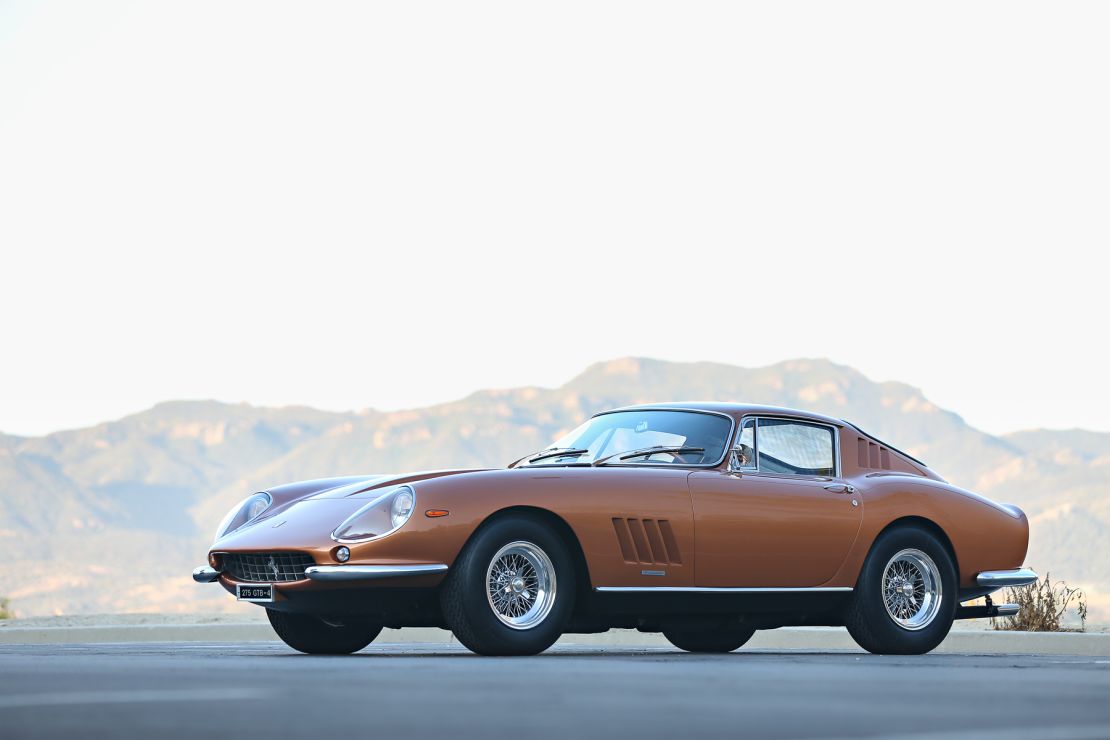
Ferrari had other European challengers, of course, including Porsche with its 911, and from across the Channel, the sensational E-Type Jaguar. With more than a touch of envy, Enzo Ferrari called the E-Type the most beautiful car in the world when it made its debut at the Geneva Motor Show in 1961. Its sculptured flowing lines captured the imagination of buyers everywhere, and by the time 1967 rolled around, the E Type had evolved into the longer 4.2 litre Series II, with both roadster and coupe versions.
Two other British sports cars made an impact in 1967 – the Aston Martin DB6 and the Lotus Elan +2. The first was an imposing grand tourer with a luxurious air and a lingering sense of Bond-inspired danger, while the second was a beautiful lightweight coupe with fantastic handling, room for two kids in the back and the sort of style that was so timeless it would be replicated 22 years later in the Mazda MX5 Miata.
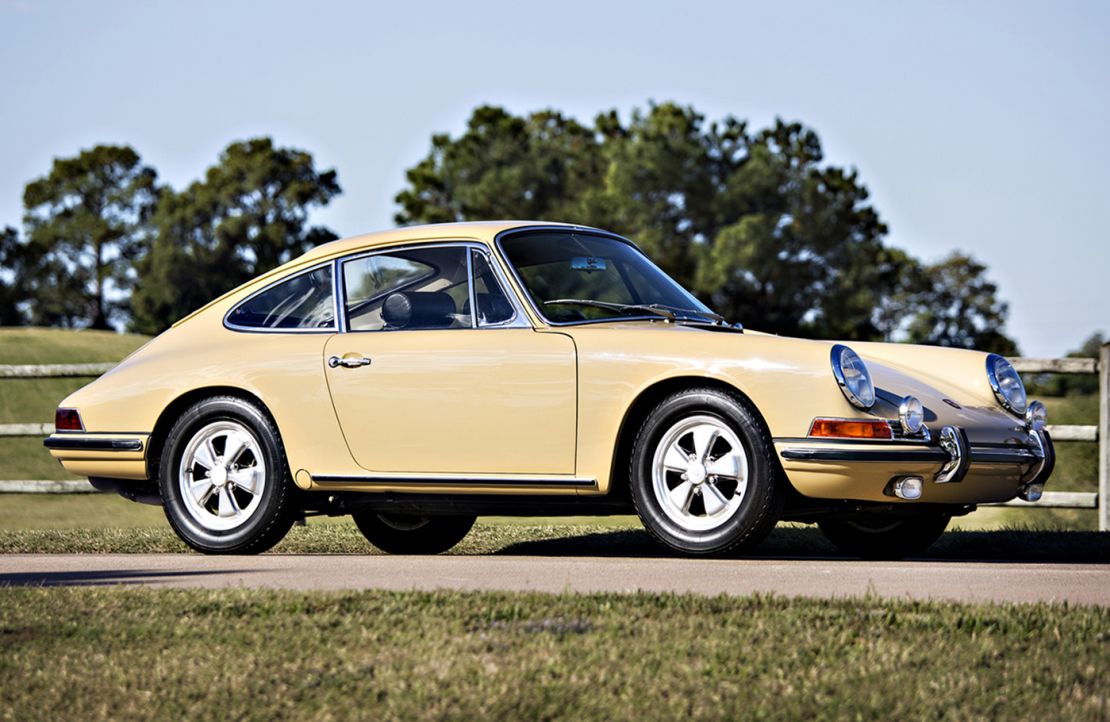
In Germany, Porsche was in the early stages of its 911 evolution – a process that continues today. In 1967 it brought out the 911 S (for Super), warning that this was “no car for a novice.” With a slippery shape, more horsepower, better brakes and a bullet-proof build quality, the 911 S was the car to have on the Nürburgring, the autobahn – or anywhere else, for that matter.
Unless, of course, you preferred a BMW, in which case you need look no further than the BMW 2000 CS. Styled by Karmann, the coupe featured plenty of glass and a distinctive protruding front end that makes it highly collectible today. It was the start of a coupe style continued by the 3.0 CS and the Six series.

Finally, back in Italy, the Maserati factory was in the dying days of the Orsi family’s ownership, but still managed to produce one of the most beautiful cars in its illustrious history – the Mexico Prototype, with a hand-built body styled by Frua. Based on a shortened Quattroporte chassis, the two-door sports saloon had a 4.7 liter V8 engine that made it among the fastest four-seaters of its era.
Swipe through the gallery above to see more.





























































